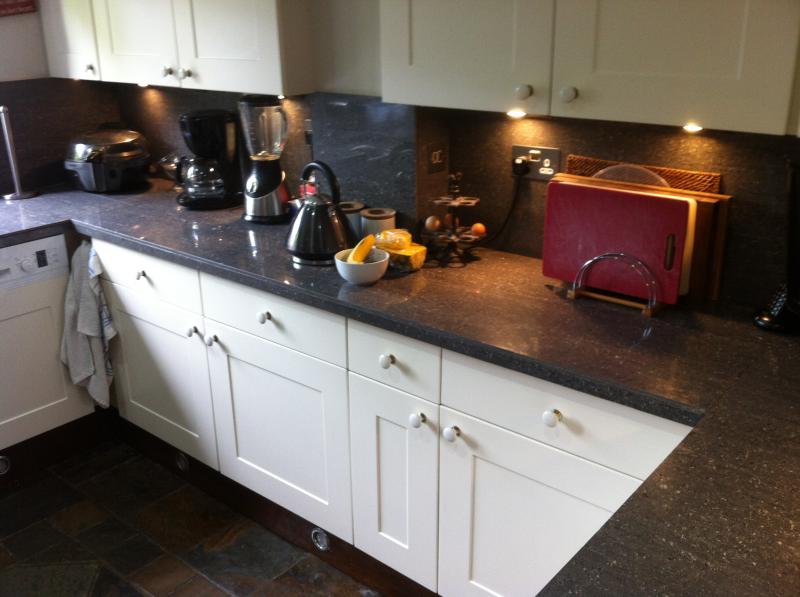I am trying to do a very tight budget kitchen revival, and i want to replace the awful chipboard laminated worktops with something nicer for a cheap price, now heres my idea....
I found old style treated floorboards which come in 4.2m lengths, they are tongue and groove, and 140x30mm, so a nice thickness, and with around 4.3 planks making the equivilent of a worktop, they look nice enough apart from the yellowy colour from the treating.
I figured if i vut these to size, then glued and clamped together, sanded them down good and then stained and either oiled or varnished them, they would make fantastic worktops for around £10/m which seemes almost too good to be true...
the only potential flaw i can see thought is perhaps being solid planks they may warp with the grain either when stained/sealed or over tim..
Any advice on this would be fantastic, also if you thin kthis is a genius idea the best way to both stain the wood (to get rid of the yellow colour) and also to give it a good kitchen worktop seal without it being too glossy.
Cheers!
I found old style treated floorboards which come in 4.2m lengths, they are tongue and groove, and 140x30mm, so a nice thickness, and with around 4.3 planks making the equivilent of a worktop, they look nice enough apart from the yellowy colour from the treating.
I figured if i vut these to size, then glued and clamped together, sanded them down good and then stained and either oiled or varnished them, they would make fantastic worktops for around £10/m which seemes almost too good to be true...
the only potential flaw i can see thought is perhaps being solid planks they may warp with the grain either when stained/sealed or over tim..
Any advice on this would be fantastic, also if you thin kthis is a genius idea the best way to both stain the wood (to get rid of the yellow colour) and also to give it a good kitchen worktop seal without it being too glossy.
Cheers!


